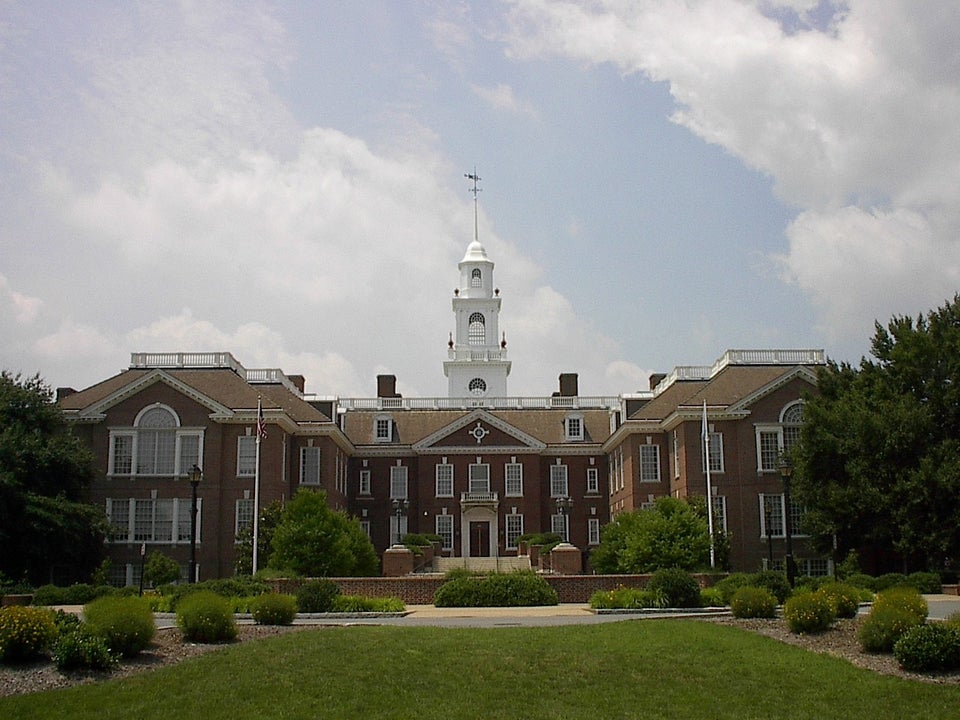If you signed and sealed federal student loan documents, take another look at your obligation to pay. You may walk away and leave your education bill to the national debt.
There are several options for student loan forgiveness with similar features that consider income, debt, financial hardship and dependents. Special programs exist for teachers that have served low-income families for five years.
In the 2015 budget, President Obama proposes another expansion of student loan forgiveness programs. The proposal, with the purpose to make higher education more affordable and prevent raises in tuition, would broaden and strengthen student loan debt forgiveness under the Pay as You Earn Program of 2012 (PAYE).
Currently for those new student loan recipients, the Federal Pay as You Earn Program effective December, 2012 adjusts student loan payments consistent with the ABILITY TO PAY based on an established scale. Ten percent of discretionary income or 150 percent of the poverty level weighed by family size is the maximum standard resulting in an annual adjustment review. Twenty years later, the remaining debt is forgiven for private sector employees. For the public sector, debt is forgiven after 10 years.
The proposal for PAYE 2015 includes notable differences to the existing PAYE, debt forgiveness based on the ability to pay regardless of proof of financial hardship; It broadens the eligibility dates thus opening the field to Federal student loans holders prior to 2007; Additionally, the tax penalty on the remaining debt would be excused becoming a tax exempt benefit or quasi federal tuition assistance program. But the cap would remain at $57,500.
For those with direct federal student loans in re-payment, the Income-Based Repayment Plans (IBRP) created in 2007 by George W. Bush limits repayment to 15 percent of discretionary income, consistent with your income and financial status with a 25 year cap on full payments.
A lesser known fact about repayment is a program for PUBLIC SECTOR employees. Full-time employees that work for the public sector or tax-exempt employers can get debt forgiven after 120 loan payments or 10 years; for the PRIVATE SECTOR, forgiveness after 20 years as opposed to the previous 25 years of qualified payments.
The public sector historically was provided additional assistance due to the lower pay status. Support for the stipulated, enhanced benefits to the public sector has waned in the past decade due to the rise in public sector vs. private sector average salaries. The U.S. Department of Labor reveals average total compensation for public sector employees at $42.09 hourly and $29.11 for private sector employees, a 70 percent spread in favor of the public sector.
Why should the public sector dispensation be different? At this point, shouldn't all federal student loan holders be treated the same with modest exception?
According to the Consumer Financial Protection Bureau (CFPB), approximately 25 percent of the American workforce may qualify for student loan forgiveness. Keep in mind that the Federal government holds 80 percent of $1.1 trillion in student loan debt and forgiven debt becomes the responsibility of the American taxpayers
A judicious look at forgiveness by employment sector should be critically conducted due to the rise in public sector income as well as further cost/benefit analysis of existing and proposed programs.
• According to a Barclay's study, the cost of the current PAYE Program without the President's planned enhancements would result in an additional $235 billion in additional costs to taxpayers. This study did not include further proposal for retroactive eligibility and any offset for tax forgiveness.
• A Brookings Institution study in May, 2014 predicts a program of $14 billion every year.
A significant expansion of program entitlement, particularly student loan forgiveness for loans prior to 2007, along with tax forgiveness for fresh "income" entitlement would clearly result in a significant increase in program participation and taxpayer obligation.
Students will likely borrow money for education with future forgiveness in mind. There is no obvious incentive for schools and colleges to reduce levels of tuition increases. With taxpayers providing the remedy, enhancement of student loan forgiveness will unlikely yield the desired results to foster more affordable higher education.
Real student loan program improvement and repayment would be experienced with support for genuine low interest educational loans, tying interest rates to the market and setting a low cap. Countless students pay student loans for years with no significant change in their principle. Now we're talking about a real difference.
Individually, we may thrive by enhanced debt forgiveness but collectively, we retreat with considerable increases to our national debt obligation that we likely cannot afford.
